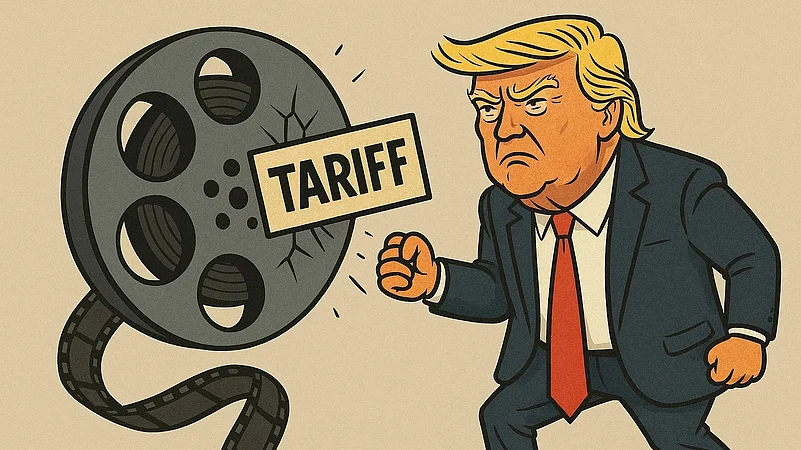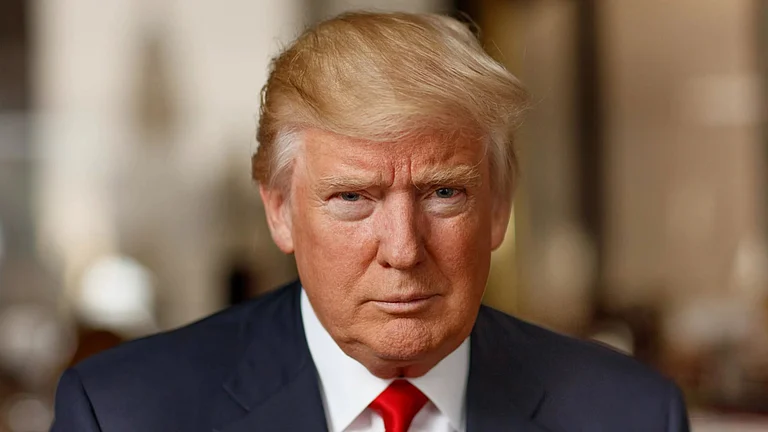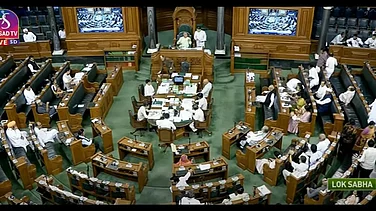
S&P Global estimates Trump’s tariffs will add $1.2 trillion in company costs.
Rising tariffs, freight delays, and energy prices strain global supply chains.
Two-thirds of total costs will be passed to consumers via inflation.
Indian industries, including textiles and seafood, face tariff-driven export challenges.
The tariffs imposed by US President Donald Trump are expected to cost companies at least $1.2 trillion in additional expenses in 2025, majority of which will be ultimately borne by customers, a report released by S&P Global stated last week.
Revising its January 1 estimates, S&P projected company expenses for this year to reach $53 trillion, Fortune reported.
According to the S&P report, "Revenue expectations have risen — but earnings expectations have fallen — producing a 64-basis-point contraction in margin, according to 15,000 sell-side analysts contributing to the S&P Capital IQ and Visible Alpha Estimates." The report further mentioned that if similar trends affect firms without sell-side coverage, the cost shock could exceed $1.2 trillion in lost profits.
It also said that the trillion-dollar financial pressure comes from multiple sources. "Tariffs and trade barriers act as taxes on supply chains and divert cash to governments; logistics delays and freight costs compound the effect. Wage inflation and energy prices transfer income to labour and producers. Rising capital expenditure, particularly in AI infrastructure, redirects corporate cash flow toward investment," it added.
Further, the S&P report said that collectively, these forces represent a systemic transfer of wealth from corporate profits to workers, suppliers, governments, and infrastructure investors. Additionally, it stated that of the total cost, two-thirds will be passed on to the consumers via higher prices, while one-third ($315 billion) is absorbed internally through lower earnings.
“With real output declining, consumers are paying more for less, suggesting that this two-thirds share represents a lower bound on their true burden,” it said.
Recently, Federal Reserve Governor Christopher Waller who was appointed by Trump said that tariffs have had modest inflationary effects, mostly impacting high-income households, as their spending accounts for a large share of consumption. On the other hand, analysts at TS Lombard note a stark divide, with the wealthy largely insulated while lower- and middle-income households face most of the economic strain, as per a Fortune report.
The Trump administration imposed a 10 per cent duty on all goods entering the US earlier this year. In addition to that, the government also levied reciprocal tariffs on several other countries, including a 50 per cent tariff on India (25 per cent reciprocal and the rest for importing Russian oil).
These tariffs are likely to hit several industries in India, including textiles, diamonds, and seafood, with many seeking export partners in other countries while aiming to boost domestic demand.





























